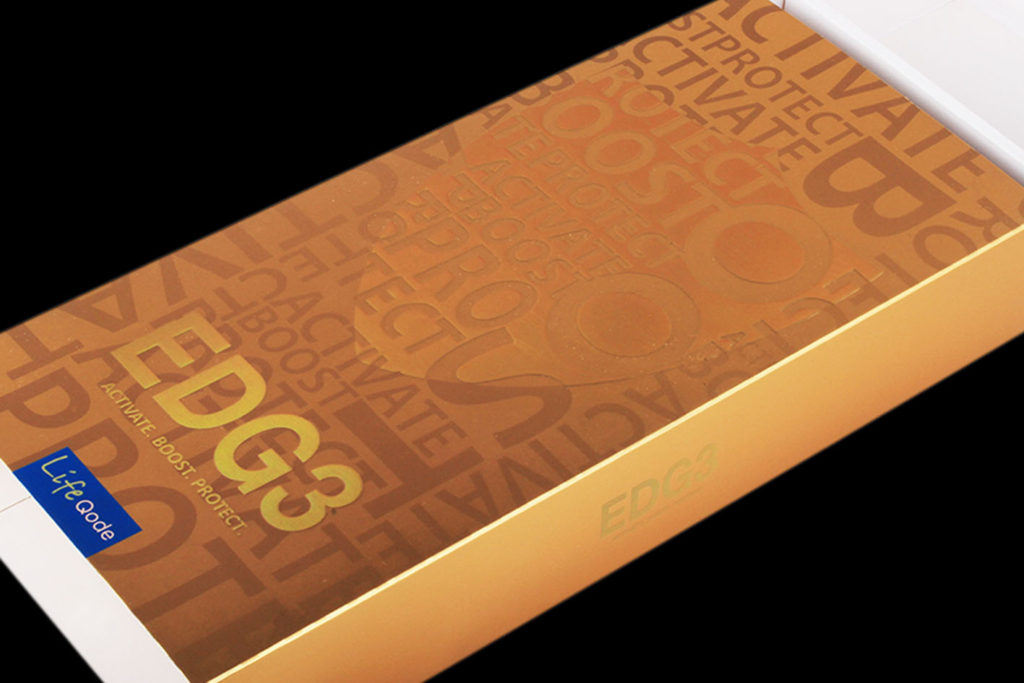Understand Marketing in Packaging Box Design and Printing

Today’s younger designers tend to focus mainly on visual differentiation. The goal is to create packaging that looks unique, edgy, or “cool.” While it’s true that appearance matters, many overlook a critical component: marketing strategy.
Packaging design is more than just creating something beautiful, it’s about selling a product. If you’re planning to open a restaurant, the first thing you would consider isn’t the decor, but marketing: What kind of food are you serving? Who are your target customers? Where should the restaurant be located?
The same principle applies to packaging. In the case of a restaurant, location plays a major role: Is it easily accessible? Is there sufficient parking? Is it near schools, colleges, or residential areas? These factors can make or break your business. Similarly, in packaging, understanding who you’re selling to, and what will make them choose your product, is key to your success.
What Are You Selling?
When a designer receives a job brief, the first instinct is often to jump into research and design. But here’s the problem: many don’t take the time to truly understand the product itself.
Imagine you’re planning to buy a car. You won’t just choose the one with the best brochure. First, you’ll want to know its features, performance, reliability, and price. Then, you’ll go for a test drive to see how it feels.
Or if you’re buying a juice blender, you’ll want to know its speed, durability, safety features and perhaps even try the juice it makes.
Designing packaging is no different. You need to think like a consumer. Ask yourself: What is the product? What does it do? What are its advantages, and what might turn people away from it?
When you fully understand the product, your packaging design will reflect that insight. It will speak directly to the needs and expectations of your audience.
Who Is Your Target Audience?
Every product has a specific target market, and your packaging must speak to them in a language they understand, visually and emotionally.
If you’re selling cleaning products, your main audience is likely homemakers or domestic helpers. These users associate housework with effort and routine, so your design should not look dull or serious. Instead, it should be colourful and friendly, perhaps even playful, to lighten the mood and suggest ease of use.
For children’s toys, the packaging must appeal not only to the kids but also to the parents, especially mothers. Bright colors, playful shapes, and happy imagery help buyers imagine their children having fun with the product.
Baby products are also mainly purchased by mothers. They want their babies to be happy, safe, and healthy. Packaging for baby products should communicate softness, care, and trust. Pastel colours, clean designs, and smiling baby faces often work well.
On the other hand, if you’re selling luxury watches or premium pens, your audience is more likely to be business professionals or successful individuals. The packaging should reflect class and exclusivity. Using dark tones, minimalist layout, embossing, or metallic finishes to signal high value.
Understanding your target audience is not just helpful, it is essential. A packaging design that speaks directly to their expectations builds trust, adds perceived value, and increases the chance of purchase.
Do Research Before Designing
In the past, when internet access was limited, designers had to physically visit supermarkets to study competitors. We’d buy competitor products, inspect the packaging, and take notes.
Today, the internet offers us endless access to examples. A simple search on Google, Pinterest, or Instagram can give you inspiration and trends from all over the world.
However, be cautious — many designers fall into the trap of copying. The goal is not to imitate but to innovate. Use what you find as a starting point, then elevate it. Add your own creativity, make improvements, and tailor the concept to your product and market.
Remember, most packaging designs today are built on ideas that already exist. Completely original concepts are rare. But the best designs are those that reinterpret or improve what’s out there — in a way that fits your brand and product perfectly.
How Can You Influence Consumers?
Consumers are smart. They don’t buy just because something looks pretty. They’re looking for something different, something that meets their needs better than the rest.
Take cleaning detergents, for example. Without a clear selling point, your product becomes just one among many. But if your detergent claims to kill 99.9% of bacteria, or is safe for children, that’s a Unique Selling Point (USP) that grabs attention.
The same applies to toothpaste. Everyone knows its basic function, to clean and protect teeth. But if your toothpaste also claims to whiten teeth, remove plaque, or reduce gum sensitivity, consumers begin to associate it with added benefits.
When a person remembers their last visit to the dentist and how they hated the plaque-scraping process, your product’s promise of “plaque-release” suddenly becomes very attractive.
Start every packaging project by asking:
What is this product’s USP?
Why should someone buy this over another similar product?
Identify, highlight, and emphasize this point clearly not just in the product description, but also in the design itself.
Consider Using Print Finishing
One of the most effective ways to make your packaging box stand out is through print finishing. Print finishing can significantly influence how customers perceive the product inside.
Techniques like gold and silver hot foil stamping or spot UV can transform an ordinary box into something visually striking. Making consumers feel that your product is special and premium.
For example, a chocolate box with gold foil stamping gives an impression of exclusivity, helping customers feel more confident about the quality of what they’re buying.
Compare a product box with no finishing to one with high-quality print finishing, and you’ll instantly notice the difference. Print finishing adds value and makes your packaging shine both literally and figuratively.


Eco-Friendly Packaging Box Printing
In Malaysia many imported packaging boxes have now adopted FSC® Certified printing, as brands increasingly recognize their corporate responsibility to protect the environment.
With rising awareness of global warming, today’s consumers are more likely to support companies that prioritize sustainability. Seeing an FSC® Certified logo on your packaging signals that your brand cares and that matters to your customers.
Including eco-friendly packaging design as part of your overall marketing strategy not only improves your brand image but also gives customers another reason to choose your product.

Conclusion
Packaging without marketing is like a K-pop singer — visually appealing, full of choreographed flair, and popular for a while, but often lacking lasting impact.
In contrast, packaging guided by a solid marketing strategy is like a true artist — one who can sing, write songs, and perform with depth. They leave a lasting impression.
In today’s competitive landscape, great design alone isn’t enough. It’s smart design — informed by marketing insights — that truly makes a difference. Understand your product. Know your audience. Then create packaging that’s not just beautiful, but meaningful and effective.
Make the right move with your packaging box design and printing, and you won’t just produce a nice-looking box — you’ll build a brand that sells.

